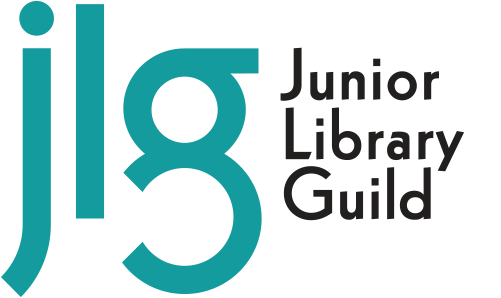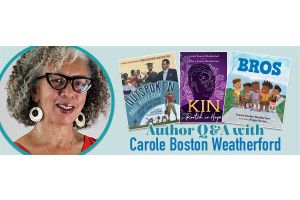The Benefits of Printed Books


To make literature more accessible and convenient, eBooks and digital reading tools have been on the rise in recent years. These resources have their benefits – they are a cost-efficient way to access countless titles at your fingertips. Although digital books have their advantages, we should not overlook the benefits of a good, old-fashioned, printed book.
Paper books are linked to stronger test scores
The Organization for Economic Cooperation and Development (OECD) conducted an international study in 2018 that investigated the differences in test scores between students who primarily read print vs digital books. The results were overwhelming and showed drastic benefits for students who stuck with printed books.
According to an article about the study by Kqed, “Even among students of similar socioeconomic backgrounds, those who read books in a paper format scored a whopping 49 points higher on the Program for International Students Assessment, known as PISA. That’s equal to almost 2.5 years of learning. By comparison, students who tended to read books more often on digital devices scored only 15 points higher than students who rarely read – a difference of less than a year’s worth of learning.”
Along with test scores, general comprehension has been found to vastly improve with print books. According to Science News Explore, in a study done in 2018 that analyzed over 171,000 readers, reading comprehension was found to be stronger with print books than with digital text.
Print books offer fewer distractions
In general, printed books offer the reader fewer distractions. With eReading, users usually have access to the internet, and therefore, millions of distractions are just a click away. According to this article from Mental Floss, digital readers are also more likely to spend time scanning for keywords instead of comprehending the entirety of the text they are consuming. This article also references a survey that was taken of university students. According to its findings, 67% of students claimed they were able to multitask by reading digitally, while only 41% claimed they could multitask while reading print.
Print books are easier on the eyes
For better or worse, our work and learning environments are becoming increasingly virtual each day. During the Covid-19 pandemic, students transitioned to a digital learning environment. More jobs than ever before allow people to work from the comfort of their own homes, primarily working from a laptop computer. As a society, we are spending more time than ever before staring at screens. How is this impacting us?
According to the Mayo Clinic, activities that require our direct attention such as looking at a screen for school or work, causes us to blink less. The less we blink, the drier our eyes become, which can directly impact our vision.
Increased screen time can also lead to Computer Vision Syndrome. According to the American Optometric Association, this CVS can include symptoms such as eyestrain, blurred vision, dry eyes, and even neck and shoulder pain. This syndrome can develop from prolonged usage of computers, tablets, eReaders, and even cell phones.
While reading in poor light may cause eye fatigue, printed books do not offer the same strain on our eyes as digital copies. Because many of us spend hours on a screen all day, reading can be a great time to give our eyes a break with a traditional printed book.
Print books can help you sleep better
Many people turn to reading to wind down after a long day, and to hopefully help them fall asleep. Unfortunately, using digital tools to read before bed may hinder our sleep cycles. In 2014, Harvard scientists conducted a study involving participants reading before bed with either a print book or an eReader. Their study found that participants using the eReader took longer to fall asleep, felt less tired before bedtime, and had more suppressed levels of melatonin than those who read print books. It was also found that the quality of this sleep, including REM sleep cycles, was worse for the people who used digital readers. Digital readers also reported having a challenging time waking up the next morning.
Print books keep it simple
One of the biggest and most basic benefits of print books is that they keep things simple. They can be read in any light, without having to worry about glare from the sun or a reflection. They don’t require batteries, chargers, internet, or any additional resources. The pages can be folded to keep your place in a story and notes can be taken in the margins. Books also offer instant gratification as you can watch your progress through a story by physically seeing how many pages you’ve read. Because of their simplicity, print books help us focus simply just on what we are reading.
Print books offer an emotional connection
The sentimental aspect or paper books is something that cannot be overlooked. There is a very special feeling associated with lending a friend a novel that you just couldn’t put down. For many people, the library is a safe and comforting space that evokes fond memories. Studies have shown that in general people make more emotional and psychological connections with physical paper books. This can be because of the feel, the scent, the notes they scribble in the margins, the pages they dog ear, and even the store where they first picked up the title. The overall attachment to physical books is undeniable and cannot be replicated or replaced by eReaders.
We are book lovers through and through here at JLG, and are big proponents of the advantages of traditional print books. This is one of the many reasons that we will be discontinuing our eBooks category.
We pride ourselves on bringing the best new books straight to your library. It is our goal to spark a love of literature in your young readers. Let’s see what a JLG membership can do for you.






